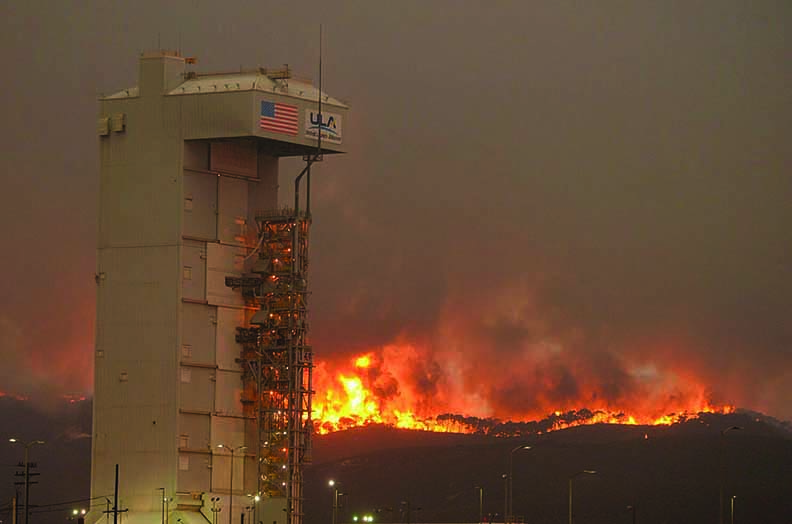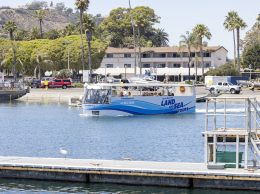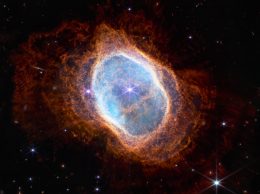Rocket launch delays just a fact of life for space industry

A wildfire delayed a planned rocket launch at Vandenberg Air Force Base.
SpaceX and the United Launch Alliance both experienced several delays while trying to launch rockets from Vandenberg Air Force Base last month, but bear with them. The delays are necessary.
Launching rockets is an art that private space companies haven’t quite mastered. The Central Coast found that out last month when a rocket explosion in Florida delayed a SpaceX rocket launch and several problems delayed a United Launch Alliance rocket launch.
Now the companies and would-be space tourists are feeling the pain.
On Sept. 1, a SpaceX rocket exploded on the coast of Cape Canaveral, Fla. during fueling before a routine static fire test that tracks the performance of an anchored rocket on the launch pad mere days before liftoff.
Almost immediately, the shock waves from that explosion could be felt here on the Central Coast. SpaceX quickly suspended all launches indefinitely while the company investigated the cause of the explosion.
It happened while propellant was being added to a fuel tank and was around an upper oxygen tank, but the cause of the explosion is still uncertain.
A Sept. 19 launch of 10 small Iridium satellites originally scheduled for May was scrubbed after originally being delayed because of ongoing maintenance at Vandenberg at buildings used to monitor rocket launches.
Virginia-based Iridium Communications was hammered by the delays at Vandenberg. Between Aug. 31 and Sept. 9, Iridium shares fell 16 percent from $8.33 to $6.94. The stock has since rebounded to $8.26 as of Oct. 5.
Before the explosion, SpaceX had planned another Iridium launch in December and five remaining Iridium launches over 60-day periods afterward, but now all of those are postponed for the foreseeable future.
SpaceX’s competitor, the United Launch Alliance, a joint venture between Lockheed Martin Space Systems and Boeing Defense, Space and Security, had just as much trouble getting rockets off the ground at Vandenberg last month.
The WorldView 4 earth observation satellite was scheduled to launch from Vandenberg Space Launch Complex 3 at 11:30 a.m. Sept. 16 on a ULA Atlas V Rocket, but was scrubbed less than an hour before liftoff because of a minor leak in one of the ground propellant tanks.
The company rescheduled the launch for the same time Sept. 18, but struck out when two wildfires erupted on Vandenberg property. That launch will now be pushed back to an unnamed time in October.
I’m a space junkie and I understand how such delays can be frustrating to rocket fans.
As the launches neared, I sought media credentials more out of sheer curiosity than direction from my editors. SpaceX even advertised a spectacular night launch, reminiscent of the Apollo 17 night launch to those of a certain age.
Delays are a fact of life for the space industry, though. After all, most satellites like the ones SpaceX and the ULA intend to carry into space from Vandenberg cost hundreds of millions of dollars.
Even when the rockets do launch, Lompoc’s space tourists can be let down.
In January, SpaceX launched the Jason-3 weather satellite from Vandenberg. On nearby roads, hillsides and even on top of rusting abandoned cabooses thousands of tourists gathered.
Ken Ostini, president and CEO of the Lompoc Valley Chamber of Commerce, estimated there were about 3,000 people near the base for the launch. During the launch a thunderous blast shook the earth for miles around the launch pad. Burnt rocket fuel filled the air and tasted like tin foil.
The mass screamed in awe at the sound, but sighed soon after milkshake thick fog blocked their view.
“People want to be able to see these things,” Ostini said.
Ostini and a representative of Lompoc visitors bureau Explore Lompoc said they didn’t know of any tourists impacted by the recent launch cancellations but the ULA canceled the Sept. 16 launch less than an hour before liftoff.
The Central Coast bears the scars of what happens when rocket launchers get over eager.
In 1972, NASA named Vandenberg the home of West Coast space shuttle launches. By 1985, NASA targeted October 1986 for the first shuttle mission to blast off from Space Launch Complex 6 in the northeast corner of the base.
After the Challenger explosion that January, though, NASA decided not to launch the shuttle from Vandenberg.
With the shuttle now mothballed in museums, all that remains of that failed dream are cracked and weathered concrete bleachers sitting amongst oak trees in a secluded part of the base pointed toward the complex for a launch that never came.
SpaceX said Sept. 23 it could return to flight by November, though that seems a little overly optimistic. Meanwhile, the ULA will hopefully launch the long-delayed WorldView 4.
In the meantime, have patience. When the launches happen, it will be worth the wait.
• Contact Philip Joens at [email protected].











